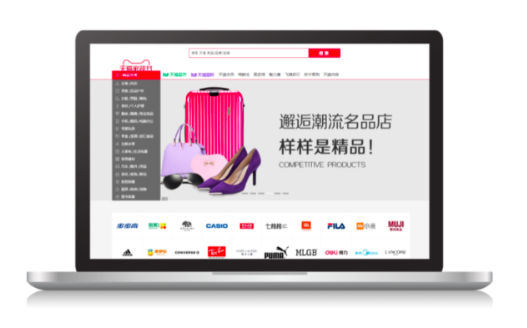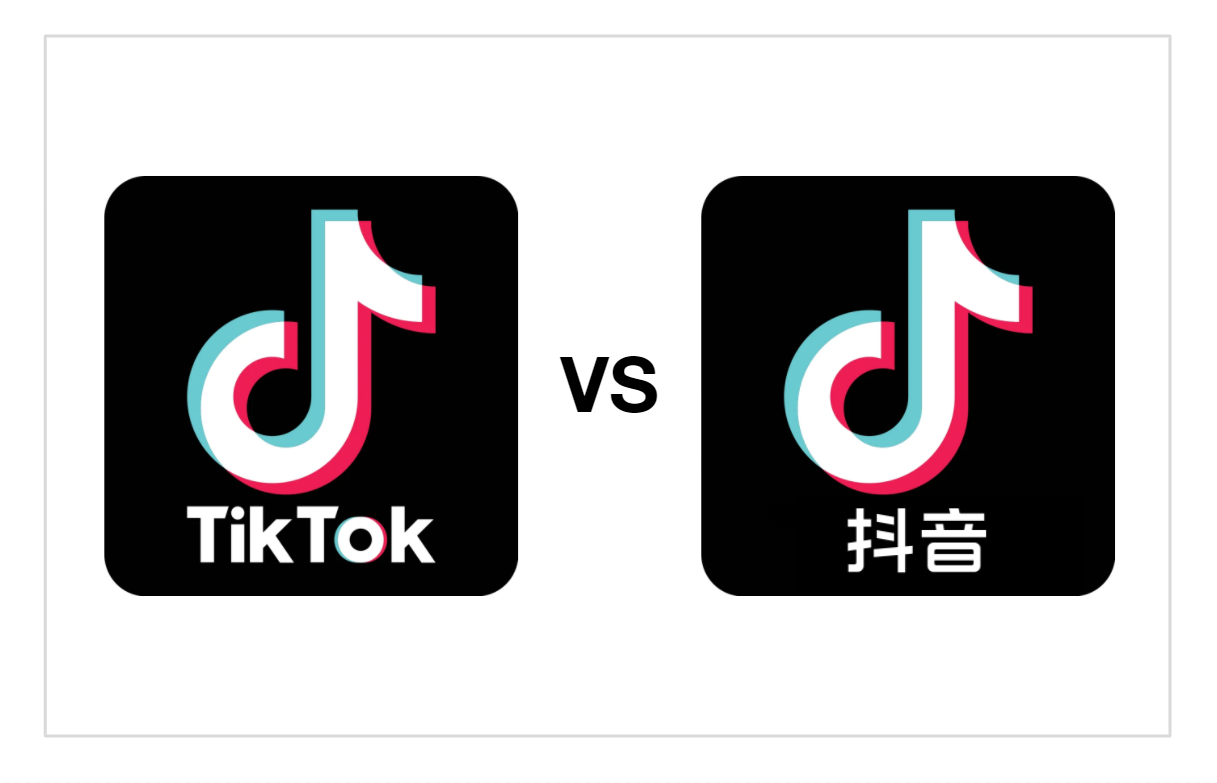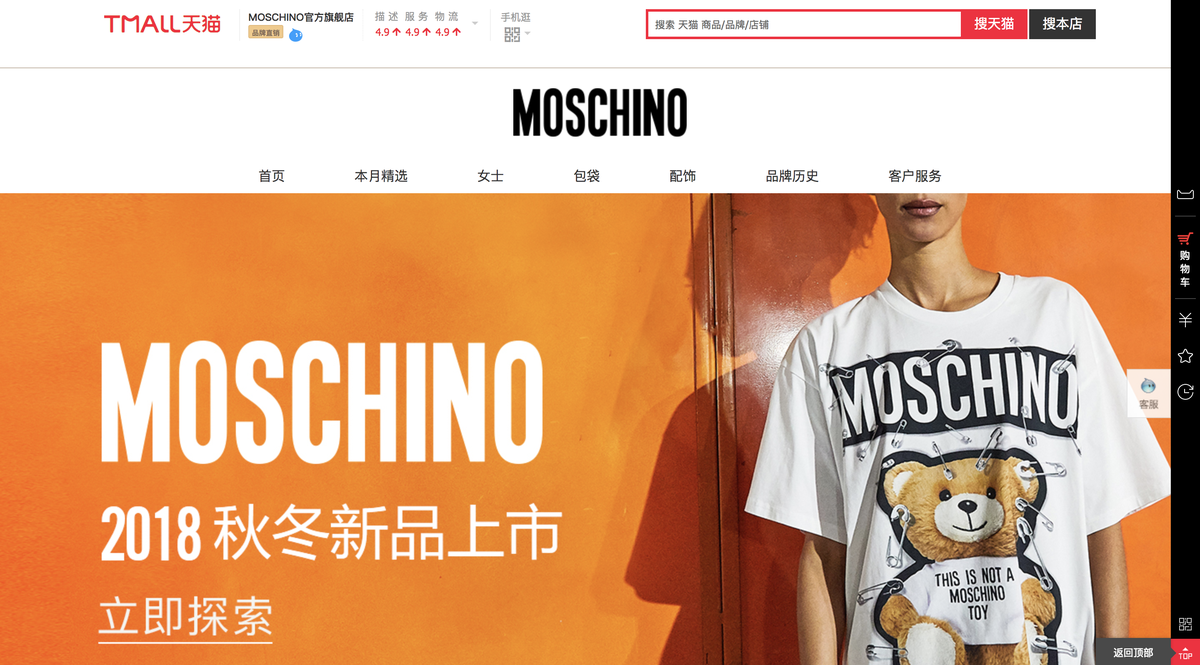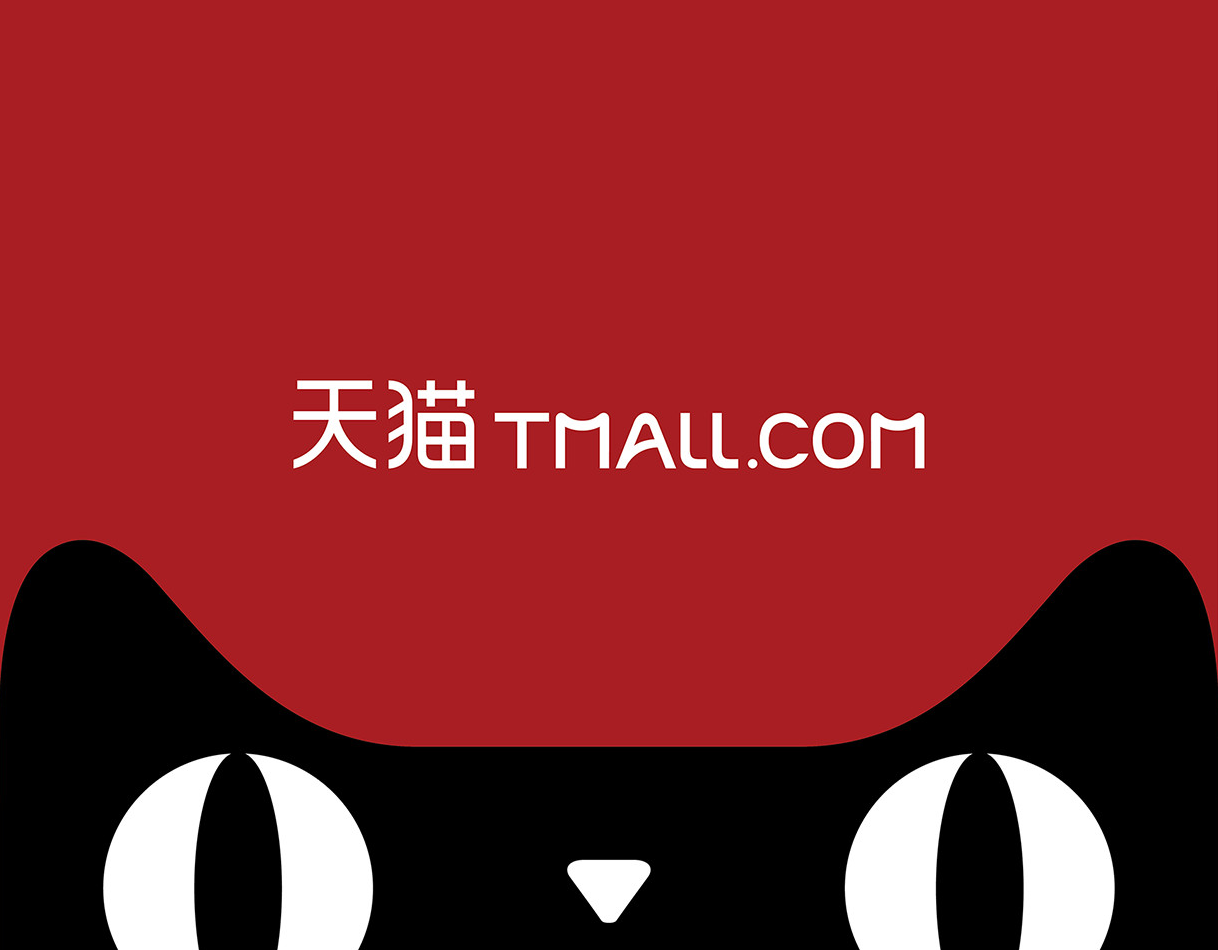The exponential growth experienced by the e-commerce sector in 2020 as a result of the Covid-19 pandemic is now widely known.As the same time, China is to date the world’s largest market for online sales, due to a very rapid expansion of the tech sector over the past few years. This is a well known fact to many international brands, which are increasingly interested in entering the Dragon market to seize the opportunity offered by digital. But how to avoid making missteps in approaching e-commerce in China? Let’s see what steps it is good to take to enter the Chinese online market and be satisfied with the results obtained.
E-commerce numbers in China
A growing industry
The e-commerce sector because of its characteristics has managed to ride the wave of the crisis. Due to the pandemic, the offline market came to a standstill, but e-commerce has continued its rapid rise. A rise that has affected the whole world albeit in different ways and volumes. While in Europe it is still in an embryonic stage, in China it is already a proven and fully functioning system. In the Country of the Dragon the profits generated by e-commerce amount to $1412 billion in 2022. Revenue in that market is expected to exceed $3.6 trillion in 2025. User penetration in the e-commerce platform is 71.9 percent in 2022 and is estimated to reach 83.9 percent by 2025. Looking into the future, e-commerce forecasts also bode well. Here then, investing in Chinese e-commerce becomes the goal of many international brands.
In the country of the Dragon, sales are digital
It is now common knowledge that the Chinese people are strongly digitally oriented. While in Italy we are still very much tied to the physical store to complete a purchase, in China it is the order of the day to buy what you want online. Indeed, in the first quarter of 2022 there were 908 million active users in the Chinese e-commerce world, compared to only 311 million in Europe. The large user base, spending power, and pervasiveness of e-commerce and digital in the lives of most Chinese users have helped make China attractive in the eyes of Western brands. However, entering the Middle Country involves a medium- to long-term investment. And investing in China requires adopting the right strategy as well as identifying the right platforms to achieve one’s goals.
So let’s take a look at one of the most well-known and coveted e-commerce platforms among international brands and worth investing in in China.
Tmall: China’s largest e-commerce platform
Born in 2008 within the giant ecosystem known as Alibaba Group, Tmall is the leading B2C e-commerce platform in China today. Although the plurality of e-commerce sites in the country, more than 60% of B2C online transactions take place on Tmall. This makes it one of the most popular and sought-after channels for international brands looking to land in the Land of the Dragon. Investing in China is a complex choice; knowing the e-commerce platforms thoroughly is essential in order not to make a mistake at the start. Let us therefore take a brief look at what Tmall is.
Hermès flagship store on Tmall. Source: Tmall.
Tmall is a generalist marketplace: any type of product can be purchased within it. There are more than 180,000 brands present and they are all verified. Each brand has a flagship store, customizable at the graphic level, through which to express its brand identity. But it is not only the wide variety of international and local brands on the platform that attracts consumers’ attention. In fact, a series of events are also organized on the marketplace aimed at incentivizing users to purchase. Just think that the value of total sales on Tmall has almost quadrupled in the space of just five years. Reaching 3202 billion RMB in 2020.
Tmall Homepage. Source : Tmall
Investing in China on Tmall: how to do it the right way
Investing in China on digital platforms above said is not an easy thing to do. Especially when entry costs are substantial. Therefore, we need to consider a number of variables that allow us to know the extent of the investment. And, in the long run, to achieve good performance and good returns. Let us therefore see together what these variables are.
1. Investing in China in the long run
First you have to forget all you know and you have to do it now. investing in China necessarily involves a long-term strategy. By this is meant planning for at least 3 to 5 years, which often does not include a return on investment until at least the first 12 months. Entering the Chinese market therefore requires patience as well as economic availability. In fact, analyses show that long-term investments are then paid back in terms of performance. This type of strategy allows the brand to make itself known among Chinese consumers, consolidate its market positioning, and in so doing slowly enter the heart of the audience. Last but not least, it should also be remembered that the timeframe is also often lengthened by the need to search for a local distributor. Indeed, without one, the brand will not be able to start selling its goods Beyond the Wall immediately.
2. Keep in mind all costs before investing
As we mentioned before, preparing for a strategy over the long term involves increased spending. Therefore, it is important to consider all the cost variables so that you are not caught unprepared. Remember that investing in e-commerce in China is much more expensive than in Europe. First of all, joining Tmall is not free, and costs vary depending on your industry. Let’s see together what they are:
– security deposit of about 50,000 RMB, which will be refunded only when the store is closed.
– annual technical service fee of between 30,000 and 60,000 RMB annually.
– opening of a Tmall flagship store, to have its own dedicated space, between 50,000 and 100,000RMB.
– marketplace cost between 100,000 and 150,000RMB.
– commission on sales that can range from 0.5% up to 10%.
We can’t then forget that to these costs must be added those for social communication and paid brand sponsorship, both of which are key activities to achieve proper positioning and have a certain brand identity solidified in the Chinese public’s imagination.
3. Sponsorship of your brand through adv
In addition to the costs associated with membership, a portion of the investment should be directed to advertising. Sponsoring one’s brand is essential to give products a visibility boost. The use of adv is also recommended even more if the brand is not known in the dragon country. In these cases, the investment can be up to twice that of already well-known brands.
The main features provided by Tmall for brands to do adv internally on the platform are ZTC, Starshop, Diamond Booth and Super Recommendation. All of these features allow companies to create banner ads, obtain relevant positions among search results, and optimize their product showcases. In addition, it is also possible to remind an advertising strategy from major Chinese social platforms such as WeChat and Weibo and the Baidu search engine. This will significantly increase user traffic to the brand’s Flagship Store on Tmall.
Even for brands that are already appreciated by Chinese consumers, it remains always recommended to allocate a part of the budget to adv. In fact, as we have seen, a good sponsorship strategy can boost a brand’s pervasiveness in the Chinese digital ecosystem quite a bit.
4. Increasing ROI through reputation
Adv is a necessary but not sufficient condition to win over the Chinese public. Chinese consumers are suspicious of brands they do not know. Therefore, it is very important to work hard on brand reputation.
A useful tool for this purpose and essential in China is word of mouth: reviews and positive experiences from other users are the key to winning the trust of consumers. Good reviews will influence purchasing decisions and prompt users to buy the product.
Then there are additional features of Tmall that can help the brand initiate an internal content marketing strategy within the platform. These include, for example, Weitao and Guangguang, as well as the live streaming features available to all companies. Weitao in particular can prove quite useful for brands that wish to focus their efforts on targeted, direct-sales-oriented marketing in Tmall. In fact, it is a kind of App inside the marketplace that aims to create a bond between brands and consumers through the publication of engaging content and the creation of shopping guides, events and more. A great tool to start working on brand reputation without having to open dedicated accounts on external platforms such as Little Red Book or Douyin.
Promotion of the Adidas brand on Weitao by two KOLs with redirection to the brand page and product sheets for purchase on Tmall. Source: Weitao
Investing in China: a long-term investment to succeed on Tmall
We have seen that investing in China’s e-commerce world requires patience and a long-term strategy. In order to be successful, it is necessary to follow certain shrewdnesses that make it possible to invest in the right way and to have a good return in economic terms. However, the opportunities that open up for businesses when properly planned are truly unique. That is why one should not be frightened by the complexity of approaching the Chinese market.












